The right table legs can transform your space from ordinary to extraordinary. Whether you’re building a design from scratch or upcycling an old, weathered table by adding fresh furniture legs, this is an opportunity to make your space truly one-of-a-kind.
But durability and stability matter just as much as aesthetics. We get asked all the time, what are table legs made of here at The Hairpin Leg Co.? Or this one - how are table legs made? We’re here to break it all down for you in great detail.
The short answer: we ONLY use the best table leg materials we can get our hands on. That includes premium mild or stainless steel for our metal table legs, or high-quality oak for our wooden table legs.
Our manufacturing process blends traditional methods with modern equipment so we can maintain exceptional quality while keeping costs low for you, the customer. The end result is a table you’re proud to show off. Find your new favourite table legs today!
How Legs Influence Table Design and Function
Table legs define how a table functions, how it fits into a room, and how it feels visually. The shape, material, and leg placement affect a table’s load-bearing ability and long-term durability from a structural standpoint. The last thing you want is for a table to collapse on you, after all.
The right legs distribute weight evenly and prevent the frame or top from bowing or warping over time. This is especially important for larger tables, workbenches, or communal desks that hold a lot of weight.
But let’s be honest, it really comes down to the aesthetic side of things for most DIYers. The legs set the tone for the entire piece. For example, hairpin legs create a lighter, mid-century or industrial look, while solid wood tapers are all about Scandinavian minimalism. Chunkier legs are great for rustic or farmhouse styles, while geometric metal frames add modern flair.
That’s not all, though. The leg layout even impacts how people sit, how chairs tuck in, and how usable the surface becomes. Corner-mounted legs offer more freedom for knees and seating, whereas trestle or pedestal bases can maximise capacity but reduce flexibility.
All of this is to say you can’t overlook the role of legs in your table’s form and function. Sure, the tabletop gets all the shine - but the right table legs can be a true showstopper. And as we’ll explore below, it’s the materials that matter most in picking the perfect legs for your table.
Why Table Leg Materials Matter
Just as the legs support a table’s style and usability, the materials on those legs influence performance, longevity, and practicality. Some materials naturally lend themselves to heavier use, while others are better suited for light-duty or decorative applications
Steel legs, for example, are highly durable. They can support significant weight without flexing, perfect for large dining tables or commercial settings. In contrast, softer wooden legs may be fine for side tables or accent pieces but can warp or degrade under heavy loads.
Outdoor suitability needs to be accounted for as well. Stainless steel is perfect for patios and garden furniture, and powder-coated steel holds up well against some moisture. But, untreated wood or low-grade metals could rust or rot in the elements.
So, what are table legs made of - and which materials will best suit your project? Let’s get into the main topic at hand and help you narrow down your table leg materials.
What Are Table Legs Made Of Typically?
There are so many different types of table legs at your fingertips, which can be a blessing and a curse. It makes it difficult to choose the right style for your specific needs. We’ll start by weighing the various materials available.
Solid Steel
This is the go-to for modern table legs, and for good reason. It’s exceptionally strong, resistant to bending or warping, and can support significant loads without compromise.
It’s also highly versatile. Steel can be shaped into rods (like our signature hairpin legs), box section profiles, or custom geometric forms, all while keeping its strength and rigidity.
We use cold-formed solid steel rod and precision-welded box section steel in a variety of gauges, depending on the intended load. This lets us offer legs that suit everything from small side tables to full-length commercial-grade dining tables.
Our steel is always chosen for consistency and durability. In other words, your search for the best metal table legs ends here!
Cast Iron
Cast iron is much less common than steel, but you may still come across it in antique or industrial-style furniture. It has a traditional look with impressive strength. It’s typically used for decorative bases or vintage-style tables, in commercial or outdoor settings.
The reason you see cast iron less and less these days is that it’s fairly brittle compared to steel. It can easily crack under sharp impact. It’s also considerably heavier, making it more difficult to handle and install.
Hardwoods
There’s something undeniably charming about wooden table legs - so what are table legs made of in this case? Hardwoods are the way to go. More specifically, European oak, walnut, and ash. These bring a unique warmth and tactile quality that other wood species cannot match.
They’re strong enough for most domestic applications and can be finished in a variety of oils, stains, or lacquers. The possibilities are endless with hardwood table legs. Unlike metal, wood legs can be tapered, turned, or carved to match any traditional and modern styles.
Our wooden furniture legs at The Hairpin Leg Co. are crafted from sustainably sourced oak known for its grain consistency and long-term durability. It’s a wonderful balance between structure and beauty. We love it for mid-century inspired or Scandinavian builds!
Oh - and all wooden furniture legs we sell are hand-finished before being treated for protection against moisture and everyday wear. You can rest assured they’ll stand the test of time!
Engineered Wood / MDF
Cheaper furniture legs rely on cheaper materials. You get what you pay for, and we typically don’t recommend engineered woods and MDF. Nevertheless, they’re very common in mass-produced furniture.
While they can mimic the look of solid wood to the untrained eye, the difference is jarring when you know what you’re looking for. They’re not nearly as strong or long-lasting, either. These materials sag, split, or absorb moisture over time, especially at screw points.
Aluminium or Mixed Alloys
Aluminium is lightweight and resistant to rust, which is why you’ll see it used for portable or outdoor furniture. It’s not quite as strong as steel, but alloys can help improve its structural capacity.
Aluminium legs are often used in minimalist or contemporary designs, though they fall short of the sturdiness you need for heavy-duty applications - such as big desks or workbenches.
Acrylic or Plastic Legs
Acrylic and plastic table legs are more style-forward than performance-driven. They’re occasionally used in ultra-modern or novelty furniture pieces where visual effect matters more than function.
But, they’re weak and not nearly as stable as hardwood. We don’t use them personally, and we won’t suggest you do so either. They’re really only practical for accent furniture that won’t bear any weight. They just look cheap, too.
A Word on Finishes
You know what table legs are made of, but there’s one other aspect of their construction that we want to touch on: finishes. This is just as important for appearance, longevity, and resistance to wear. Here are the different options we offer:
- Raw Steel: Uncoated for a natural, industrial look. Will rust over time unless sealed.
- Clear Coat: A transparent powder coat sealant that protects raw steel while preserving the visible welds and grain.
- Powder-Coated Black: A clean, satin black finish that works with nearly any interior style.
- Zinc-Plated: Corrosion-resistant, ideal for use in damp environments or outdoor settings.
- Colour Options: We also offer a variety of vibrant and neutral powder-coated colours for a custom finish.
At the end of the day there’s no one-size-fits-all answer as to which material or finish is best for your furniture legs. But, we can confidently say solid steel and hardwood consistently outperform other materials in terms of strength, versatility, and aesthetics.
That’s why we rely on these materials across our catalogue here at The Hairpin Leg Co. But beyond the materials, how are table legs made?
How Are Table Legs Made?
Our brand was born way back in 2013, when we first started making furniture legs using our grandfather's old welder. A lot has changed over the years, so how are table legs made today? Here’s a quick overview of the manufacturing process for metal and wooden table legs.
Steel Table Legs: Cut, Bent, Welded, and Coated
It all begins with raw steel rods or box section lengths chosen based on the intended thickness, style, and weight-bearing requirements.
These are cut to length using CNC-controlled saws for consistent sizing, then bent into shape using specialist forming equipment. Our classic hairpin legs, for example, are precision-bent to exact angles that maintain both strength and symmetry.
Then, we weld! Joints are securely fused where necessary, such as when joining rods to a mounting plate or constructing geometric frames. Every weld must be strong and clean. We pay close attention to alignment and depth to prevent stress fractures under load.
After assembly, it’s just a matter of preparing the surface (via degreasing or shot-blasting), then finishing them up with powder coating, zinc plating, or clear lacquer, depending on the final design. Sounds simple, but it’s a balance of art and science we’ve mastered over the years.
Wooden Legs: Turned, Tapered, or Carved
These legs start with a solid hardwood blank - in our case, oak. It’s then shaped using a lathe or router. Turning brings out more traditional rounded or spindle-style designs, while tapering produces sleek, angled profiles common in mid-century or Scandinavian furniture.
After shaping each leg, they’re hand-sanded for a smooth finish without any tool marks left behind. Legs are then sealed with oil, wax, or lacquer depending on the intended look and how much protection is needed.
Remember, wood is a natural material. That means moisture content and grain direction are carefully monitored throughout the process. Otherwise, there could be a risk of warping or splitting over time. We make a concerted effort to craft wooden legs that last.
Custom Fabrication and Finishing Options
Beyond our standard range, we also produce custom legs for bespoke commercial projects when the volume is high enough. These may involve adjusted sizing, unique angles, alternative coatings, or mounting solutions tailored to unusual surfaces or dimensions.
Every custom project is reviewed by our technical team to ensure that aesthetics never compromise strength. Whether you're matching legs to a reclaimed wood top or integrating a pop of colour into a contemporary space, we can create something personalised for you!
Quality Control and Load Testing
All our legs undergo thorough quality checks before they’re shipped to your doorstep. This involves inspecting weld points, verifying alignment, and confirming surface finish integrity. We check mounting holes for accurate spacing and depth, too, so installation is easy.
Load testing is carried out on new designs and periodically on production runs. Our steel legs are designed to support static loads well above typical household or commercial requirements. But, you should always check the specifications of the legs in question before ordering.
Choose the Perfect Legs for Your Table at The Hairpin Leg Co.
Every leg we produce - be it for a bench, cabinet, desk, or dining table - is made with the same goal in mind: reliable strength, lasting design, and effortless integration into your project. The only thing left to do today is see the difference in materials and manufacturing firsthand!
We specialise in high-quality, design-led table legs that are made to last - not just impress guests. They’re engineered for strength, ease of installation, and timeless appeal, be it our outdoor table legs or coffee table legs.
Our legs are used across the world in homes, cafés, restaurants, studios, and offices with thousands of verified customer reviews to back our reputation for durability, design, and support. See what others had to say:
“Easy to order on the website. My queries were answered swiftly and to my satisfaction. Product arrived well packaged and on time. Very pleased with how the legs look!! My dining table which I’ve had for 40 years is transformed!!” - Annette
“The Hairpin Leg Company is far and away the best source of this type of table legs that I have found. Their variety of colours is wonderful, quality top notch, and their service is fantastic. I won't do business with anyone else!” - Peter
“The team could not have been more helpful! Another company had sent the wrong sized legs and the Hairpin Leg Co did everything they could to get me some legs delivered as quickly as possible. The legs are amazing. Would 100% recommend.” Ned
Your order is backed by a 60-day hassle-free return policy, too, so you can place your order with peace of mind. Take a look around and see what catches your eye today!
Parting Thoughts on Table Leg Materials
So what are table legs made of - and how are table legs made? We hope this snapshot into what goes on behind the scenes at The Hairpin Leg Co. has been insightful for you.
Remember, the material you choose for your table legs impacts more than just appearance. It affects strength, longevity, and stability. Whether you prefer the industrial durability of steel or the natural warmth of oak, quality materials create furniture that lasts. Don’t forget the finishes!
You can learn more about where to place table legs for stability, how to attach legs to a table, or the proper table leg height in our blog. Otherwise, it’s time to transform your own furniture with our world-renowned table legs today.
Get inspired by real customer builds in our gallery, or ask our customer service team for a personalised recommendation. Let’s bring your dream table to life!


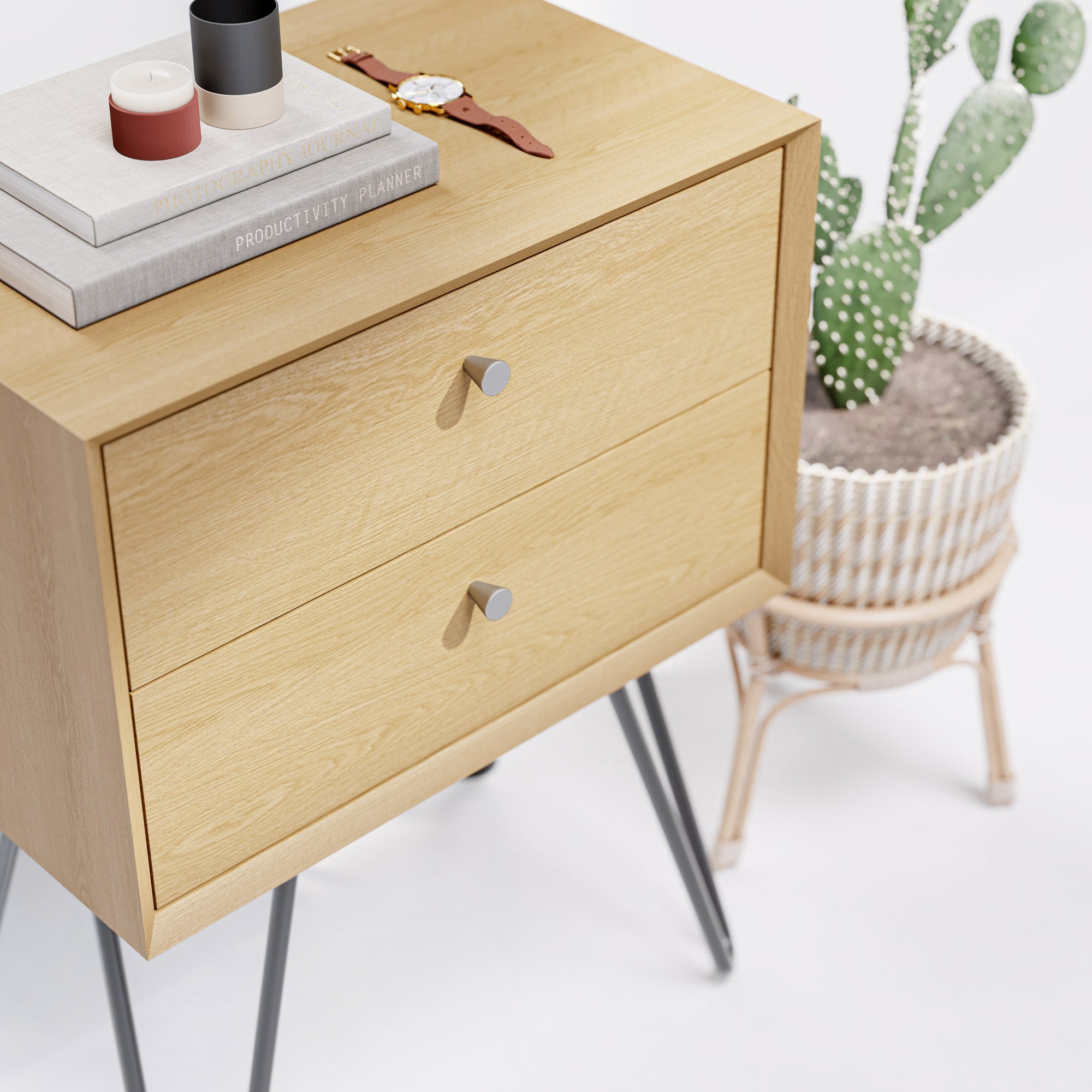
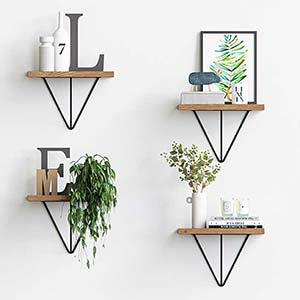
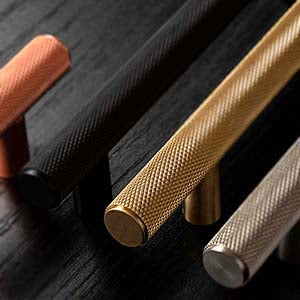
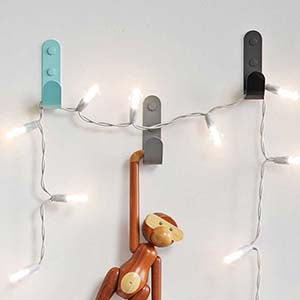
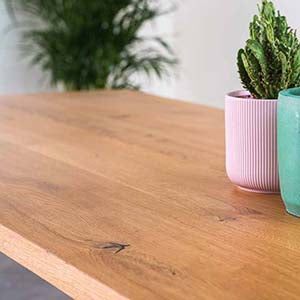
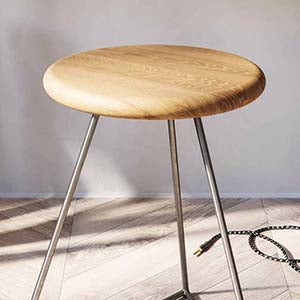
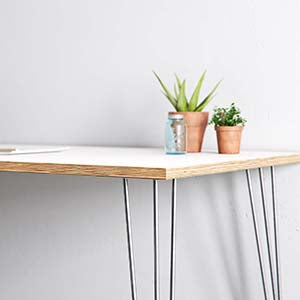
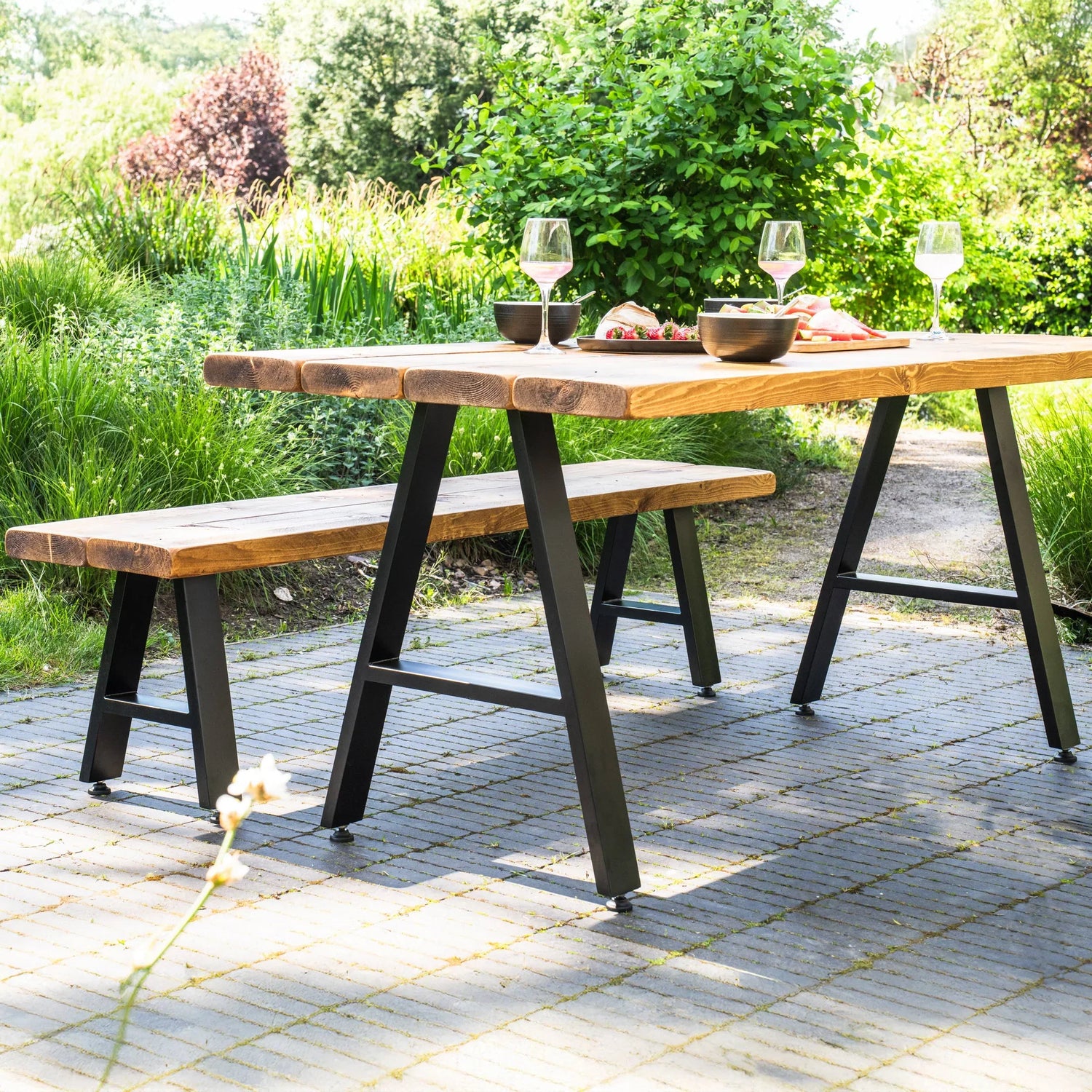
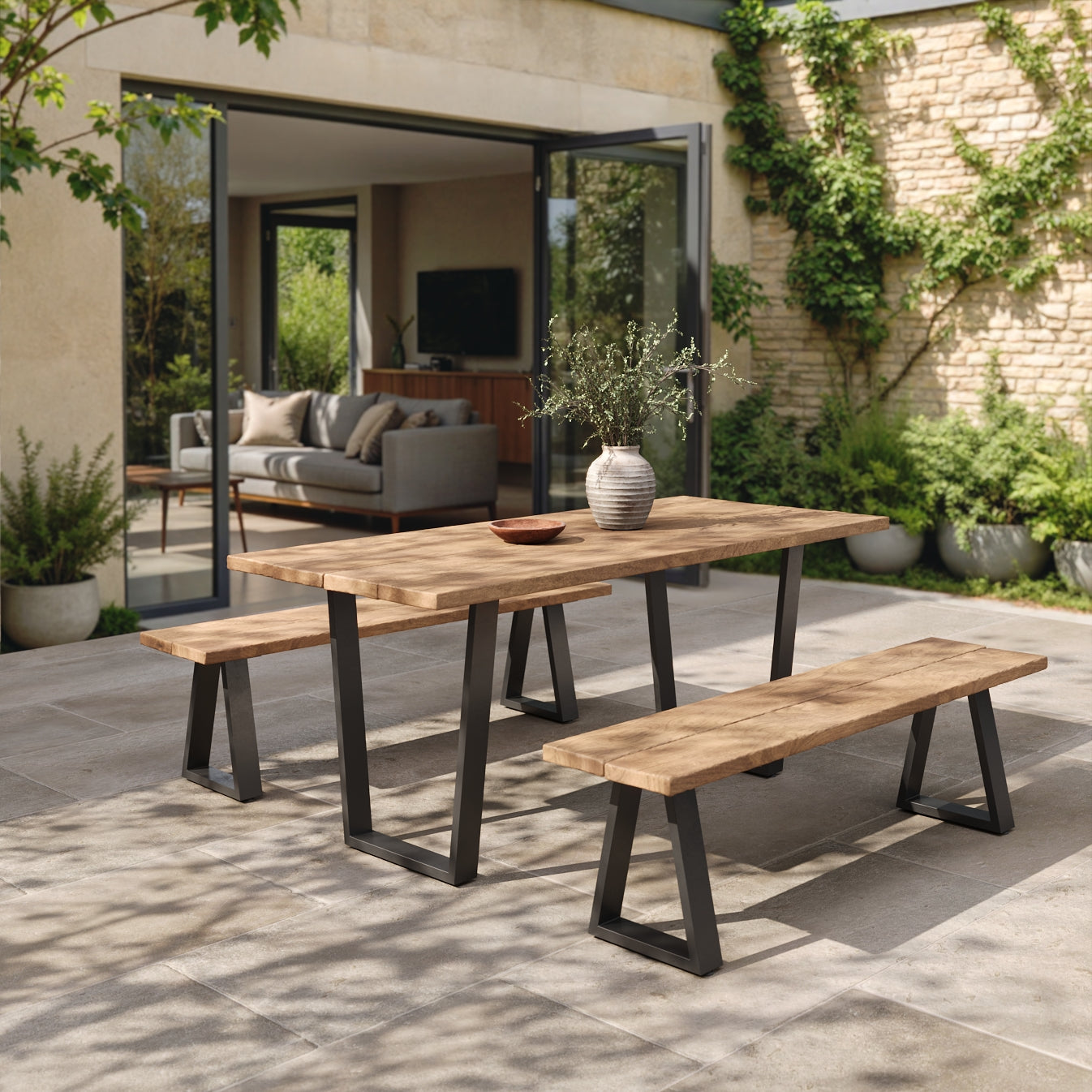
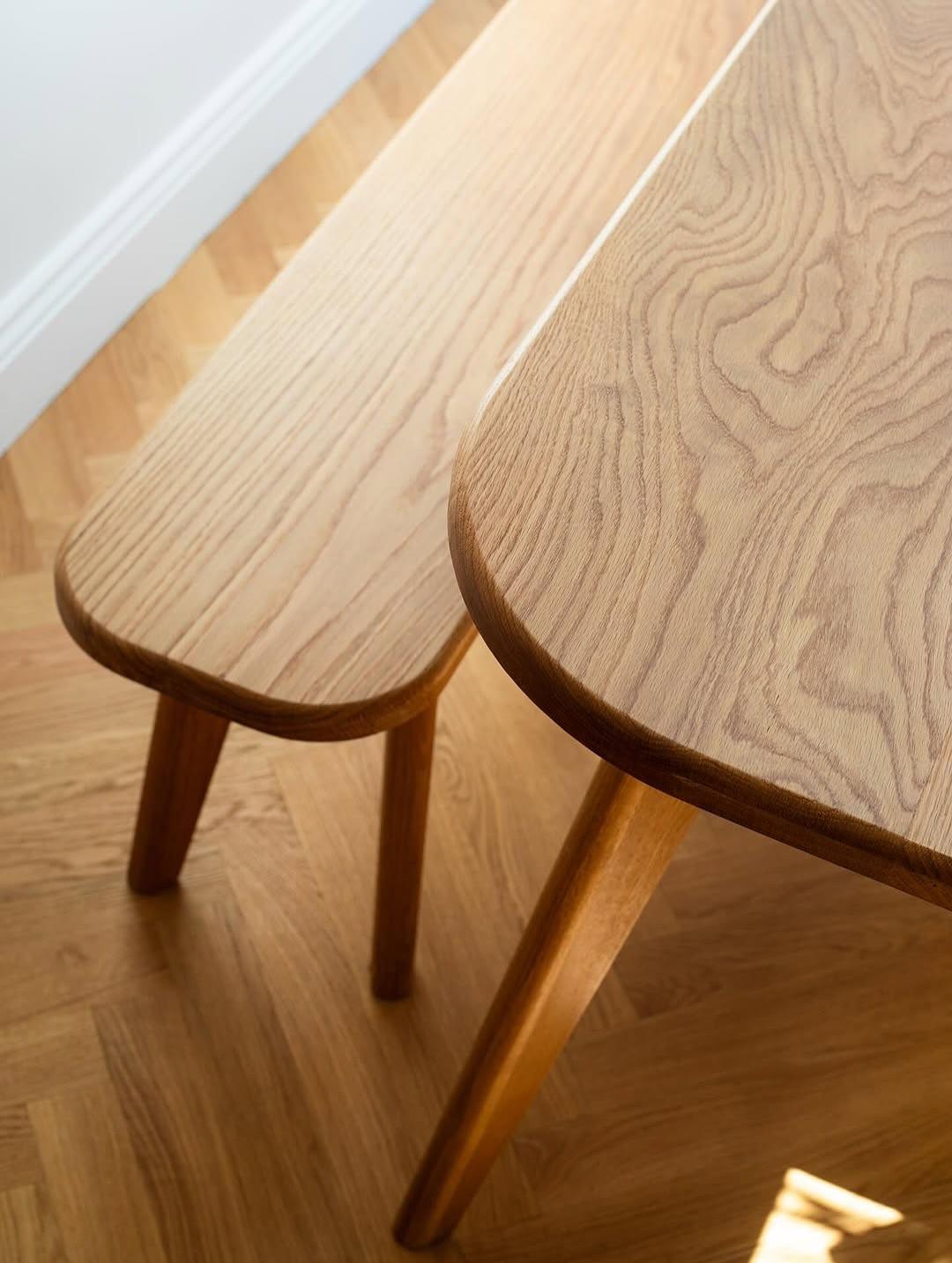
Leave a comment
This site is protected by hCaptcha and the hCaptcha Privacy Policy and Terms of Service apply.